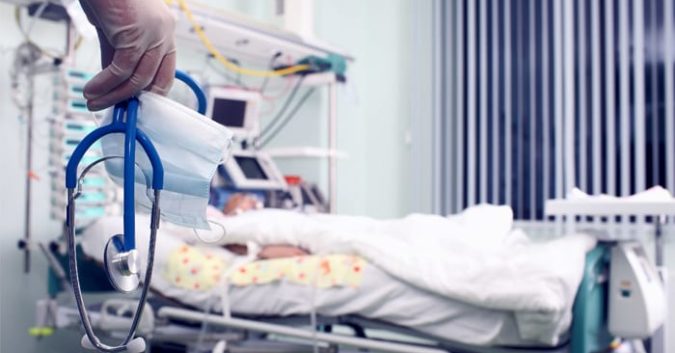Doctor burnout has plagued the medical industry for decades, and this year, the problem reached an all-time high. Following 2017 findings that physician burnout has increased by 25 percent, a 2018 Medscape survey found it affects 42 percent of American doctors.
Yet according to a newer Mayo Clinic survey, burnout affects more than half of doctors. Not only that, but some respondents reported working in unsafe environments. Burnout in an unsafe environment, of course, is a recipe for disaster. But this may not be the whole story.
Doctor Burnout and Medical Malpractice: What’s the Link?
For its study, Mayo Clinic surveyed nearly 6,700 clinic and hospital physicians who practiced in 2014. The questions addressed 2 issues: workplace safety and the symptoms of workplace burnout.
Nearly 4 percent of respondents described the safety of their workplace as either “poor” or “failing.” As for burnout, defined as “a reversible work-related syndrome characterized by emotional exhaustion and/or cynicism, often featuring decreased effectiveness” by lead study author Dr. Daniel Tawfik, just over 55 percent of doctors reported symptoms. These ranged from excessive fatigue to suicidal thoughts.
The key finding, Tawfik noted, was “that both individual physician burnout and work-unit safety grades are strongly associated with medical errors.”
The study found higher rates of burnout among 10 percent of doctors who committed significant medical errors within 3 months prior to the survey. These mistakes included errors in medical judgment, errors in diagnoses, and technical mistakes during procedures, all of which have been found to kill or injure patients in the past.
And from their findings, researchers concluded that burned out doctors are twice as likely to make medical mistakes. Worse, unsafe work environments can triple or quadruple the risk.
Burnout, Workplace Safety, or a Culture of Secrecy: What’s the Real Problem?
In previous U.S. studies, researchers have linked medical errors to anywhere from 98,000 to 251,000 patient deaths a year. The most recent study raised the bar to 440,000 deaths. If reported officially on the CDC’s list of leading causes of death, medical errors would rank firmly in third place.
Increases in burnout rates and safety deficiencies in hospitals are certainly part of the problem. Added to Mayo Clinic’s findings, a STAT analysis found safety violations in a quarter of teaching hospitals, where a whole new generation of doctors could be starting off on the wrong foot.
Tawfik suggests doctors and hospitals use a “multifaceted approach” to deal with burnout, in particular. He advises that burned-out physicians first take better care of themselves. They should also limit work hours and paperwork overload, which might require administrative reform. Ultimately, the solution should allow doctors “more time with patients and increased joy in medicine.”
What this approach fails to address, though, is the very basis for medical malpractice research: that doctor errors are severely underreported.
Doctors hide their own mistakes for many reasons. In most cases, doctors are unwilling to risk patient relationships, fines, or their career. But medical reporting issues run so deep that doctors also hide each other’s mistakes, while hospitals falsify records to further protect their employees. Doug Wojcieszak, a specialist in medical disclosure training, says doctors simply “haven’t been taught what to do when they make a mistake; they’re scared. They’re relying on rumors and advice from colleagues who don’t know better than they do.”
As a result, patients are burdened with more than avoiding bad healthcare. They must also contend with doctors who are reluctant to admit fault.
Research has never quite managed to pinpoint 1 root cause of medical error. Some experts throw up their hands and say mistakes are just inevitable. If so, the answer seems simple: Hospitals have no choice but to fix their culture of secrecy, and patients have no choice to look out for themselves. But isn’t it patients’ health, not doctors’, that should come first?
